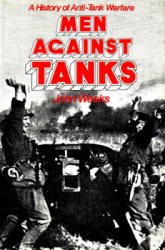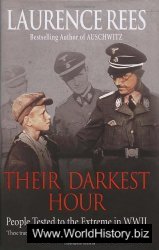The South also revised its strategy after Bull Run. Although it might have been wiser to risk everything on a bold invasion of the North, President Davis relied primarily on a strong defense to wear down the Union’s will to fight. In 1862 the Confederate Congress passed a conscription act that permitted the hiring of substitutes and exempted many classes of people (including college professors, druggists, and mail carriers) whose work could hardly have been deemed essential. A provision deferring one slave owner or overseer for every plantation of twenty or more slaves led many to grumble about “a rich man’s war and a poor man’s fight.”
Although the Confederacy did not develop a two-party system, political strife undermined the cause. Southern devotion to states’ rights and individual liberty (for white men) caused endless trouble. Conflicts were continually erupting between Davis and southern governors jealous of their prerogatives as heads of “sovereign” states.
Finance was the Confederacy’s most vexing problem. The blockade made it impossible to raise much money through tariffs. The Confederate Congress passed an income tax together with many excise taxes but all told they covered only 2 percent of its needs by taxation. The most effective levy was a tax in kind, amounting to one-tenth of each farmer’s production.
The South borrowed as much as it could ($712 million), even mortgaging cotton undeliverable because of the blockade, in order to gain European credits. But it relied mainly on printing paper currency; over $1.5 billion poured from the presses during the war. Considering the amount issued, this currency held its value well until late in the war, when the military fortunes of the Confederacy began to decline. Then the bottom fell out, and by early 1865 the Confederate dollar was worth less than 2 cents in gold.
Outfitting the army strained southern resources to the limit. Large supplies of small arms (some
600,000 weapons during the entire war) came from Europe through the blockade, along with other valuable material. As the blockade became more efficient, however, it became increasingly difficult to obtain European goods. The Confederates did manage to build a number of munitions plants, and they captured huge amounts of northern arms. No battle was lost because of a lack of guns or other military equipment, although shortages of shoes and uniforms handicapped the Confederate forces on some occasions.
Foreign policy loomed large in Confederate thinking, for the “cotton is king” theory presupposed that the great powers would break any northern blockade to get cotton for their textile mills. Southern expectations were not realized, however. The European nations would have been delighted to see the United States broken up, but none was prepared to support the Confederacy directly. The attitude of Great Britain was decisive. The cutting off of cotton did not hit the British as hard as the South had hoped. They had a large supply on hand when the war broke out, and when that was exhausted, alternative sources in India and Egypt took up part of the slack. Furthermore, British crop failures necessitated the importation of large amounts of northern wheat, providing a powerful reason for not antagonizing the United States. The fact that most ordinary people in Great Britain favored the North also influenced British policy.
Several times the two nations came to the brink of war. In November 1861 the USS San Jacinto stopped a British vessel, the Trent, on the high seas and forcibly arrested two Confederate envoys, James M. Mason and John Slidell, who were en route to London. This violation of international law would probably have led to war had not Lincoln decided to turn the Southerners loose. In 1862 two powerful cruisers, the Florida and the Alabama, were built for the Confederates in English shipyards under the most transparent of subterfuges. Despite American protests, they were permitted to put to sea and were soon wreaking havoc among northern merchant ships. When two ironclad “rams” were also built in Britain for the Confederates, the United States made it clear that it would declare war if the ships were delivered. The British government then confiscated the vessels, avoiding a showdown.
Charles Francis Adams, the American minister in London, ably handled the many vexing problems that arose. However, the military situation determined British policy; once the North obtained a clear superiority on the battlefield, the possibility of intervention vanished.




 World History
World History









